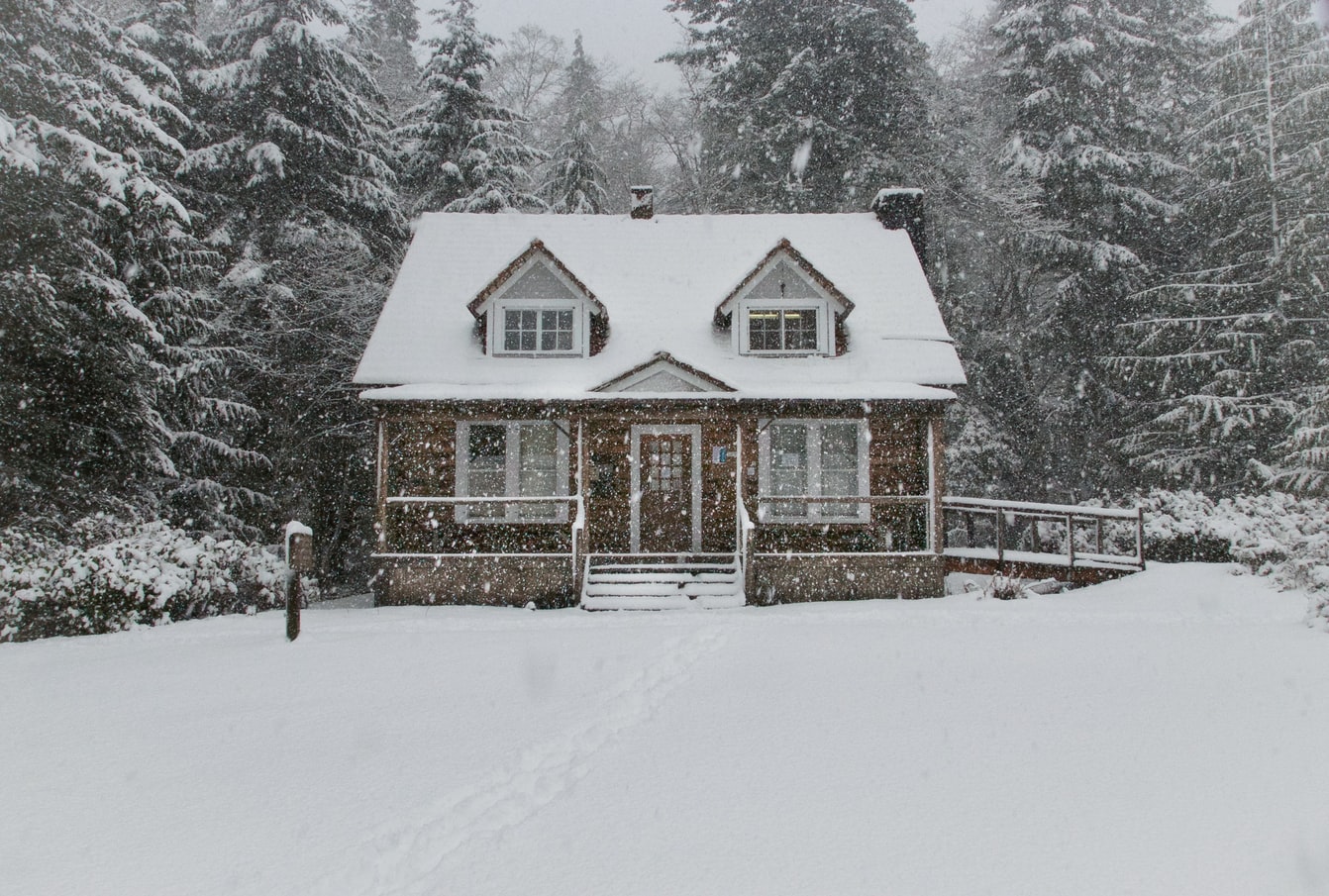Photo by Pixabay
Getting your home ready for winter is something we all must do if we want to stay warm and dry until spring. Here are a few ways to get started now so that Old Man Winter doesn’t wreak havoc on your home.
Gut the gutters. Cleaning your gutters is a relatively easy task if you have a single-story home and a low-pitch roof. However, larger homes and those with multi-level gutters may wish to seek the services of a professional.
Down with drafts. If you feel a cool breeze when your HVAC is turned to heat, there is a good chance your windows and doors have opened up for an uninvited guest: winter wind. Before the worst weather arrives, spend an afternoon adding weather stripping around windows and doors (here’s how). Better yet, consider installing energy-efficient double-pane windows.
The heat is on. Your home’s heating and cooling system is your best friend in both summer and winter months, and it needs to be checked out by a licensed HVAC technician at the onset of each season. With so many moving parts, there are tons of things that can go wrong with your system. Consider establishing a service contract with a reputable HVAC company so these checks are guaranteed twice a year.
Up on the housetop. Before your black asphalt roof is covered in a blanket of white, check for signs of wear and tear. Most roofing contractors also provide annual roofing inspections for a few hundred dollars, which is a great investment when you consider a $2,000 or more ER copay. After all, as American Home Shield points out, roofs are high, and we have this little thing called gravity to contend with. Some winter home repairs are not DIY friendly; this is one of them.
Be like a Boy Scout. They say Boy Scouts are always prepared, and you should be, too, when winter weather is in the forecast. Outfit your home with an emergency preparedness kit complete with batteries, extra blankets, non-perishable food, water, and a lantern. Check out Ready Nutrition for more advice on how to put together an emergency kit for your home.
Do the Santa slide. OK, we’re not suggesting that you try to shimmy down the chimney, but it is a good idea to contact your local chimney sweep. Aside from getting Santa’s suit dirty, a dirty chimney poses a significant health and fire hazard. You’ll enjoy your cozy nights by the hearth even more if you’re not breathing in toxic fumes released from accumulated soot.
Merry and bright. Without the summer sunshine, things get dark and dreary come winter, but a fresh coat of paint and a few new light fixtures should do the trick. If you’re handy, you can handle light electrical work yourself, but if your strength lies in planning and not execution, it’s better to be safe and call an electrician.Once the light is right, you’ll no doubt notice every little bit of clutter. Consider hiring a cleaning service for a one-time (or recurrent) deep cleaning to keep things in tip-top shape when the weather hits rock bottom.
Turn it up. When it’s time to set the indoor temperature to something a little less suited to Jack Frost, consider installing a programmable digital thermostat. Many can be controlled via smartphone or set to keep your home at a constant, comfortable temperature. You’ll save on heating and cooling bills and won’t have to fuss with the imprecision of a manual dial.
On the road again. If the snow piles too high, you won’t be on the road anytime soon. However, you may want to access your driveway. Make sure you have a durable snow shovel on hand. Consumer Reports outlines the eight different types of snow shovel here.
Small projects, such as building a survival kit and insulating windows and doors, are great single-afternoon DIY jobs, but leave the big stuff to the experts. After all, you’ll be indoors for four to six months and will appreciate the reassurance of a job done right.

